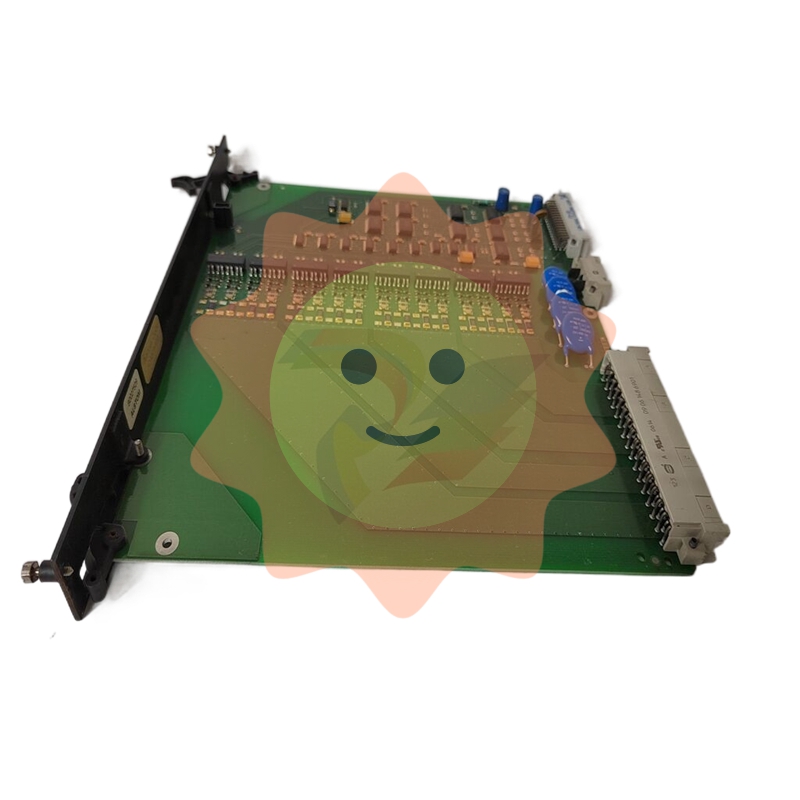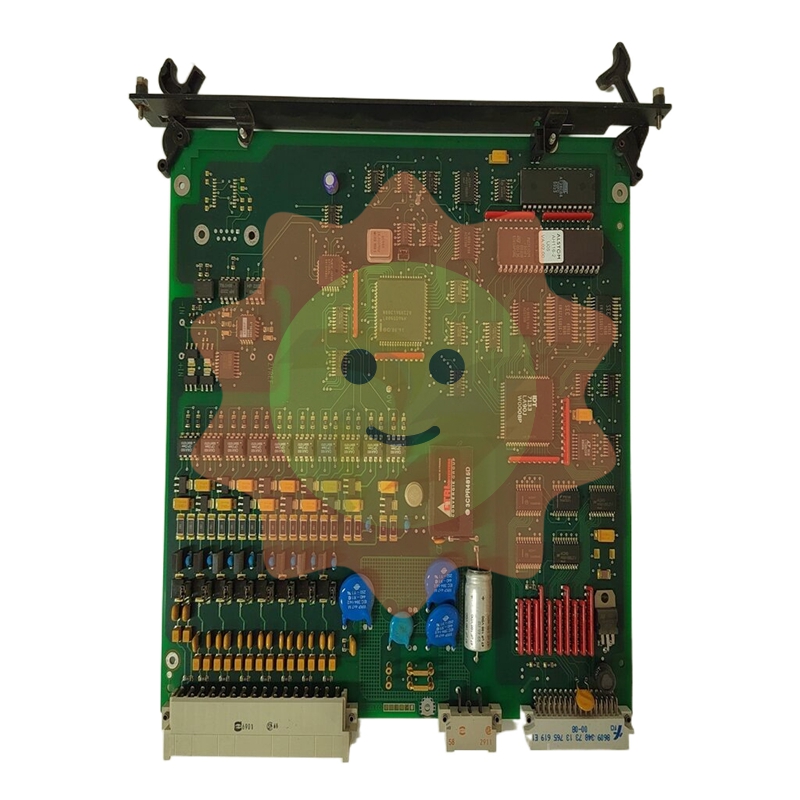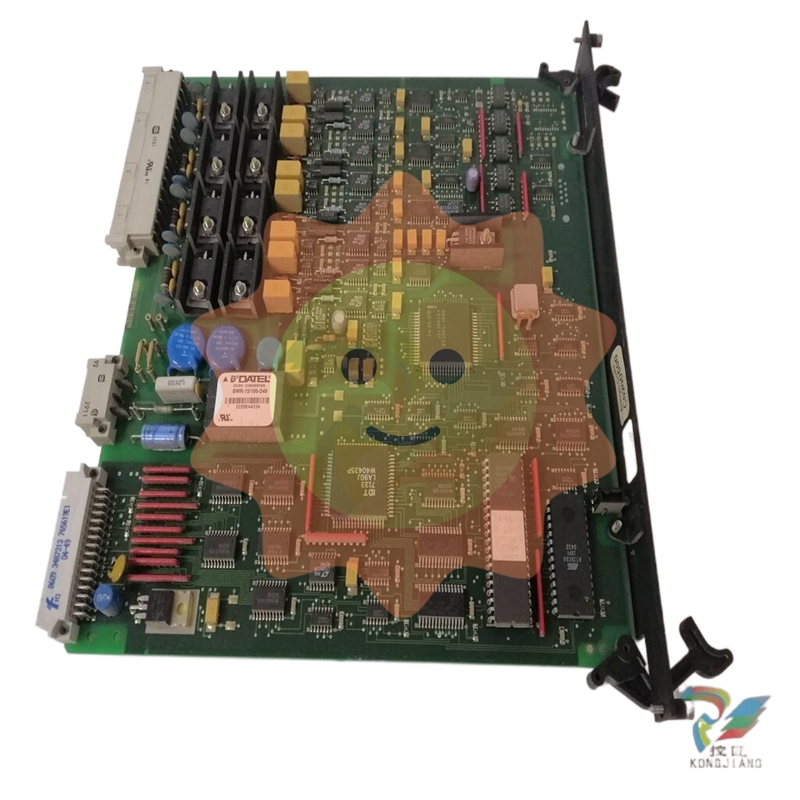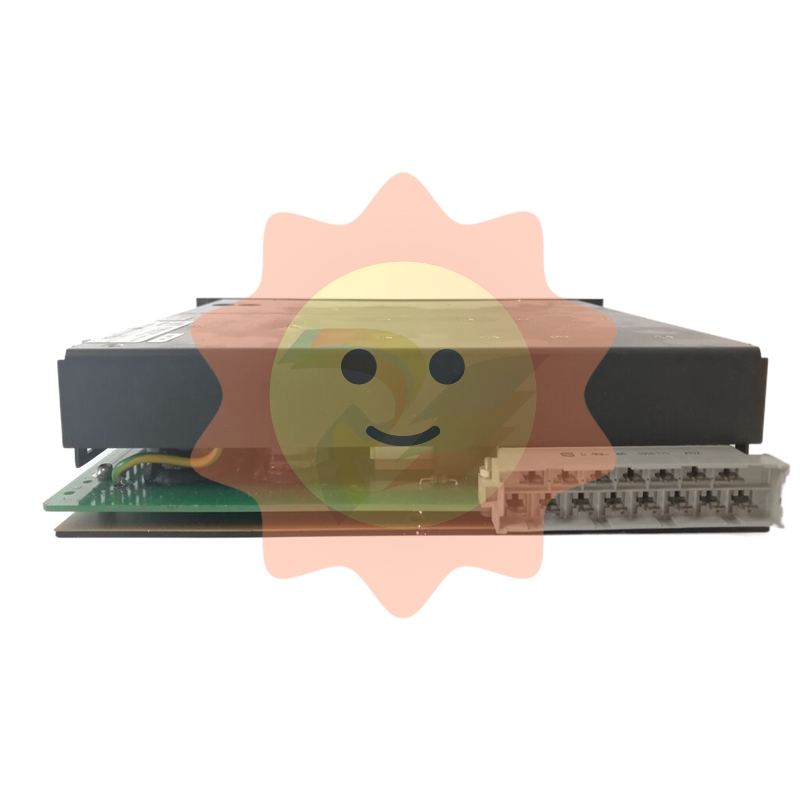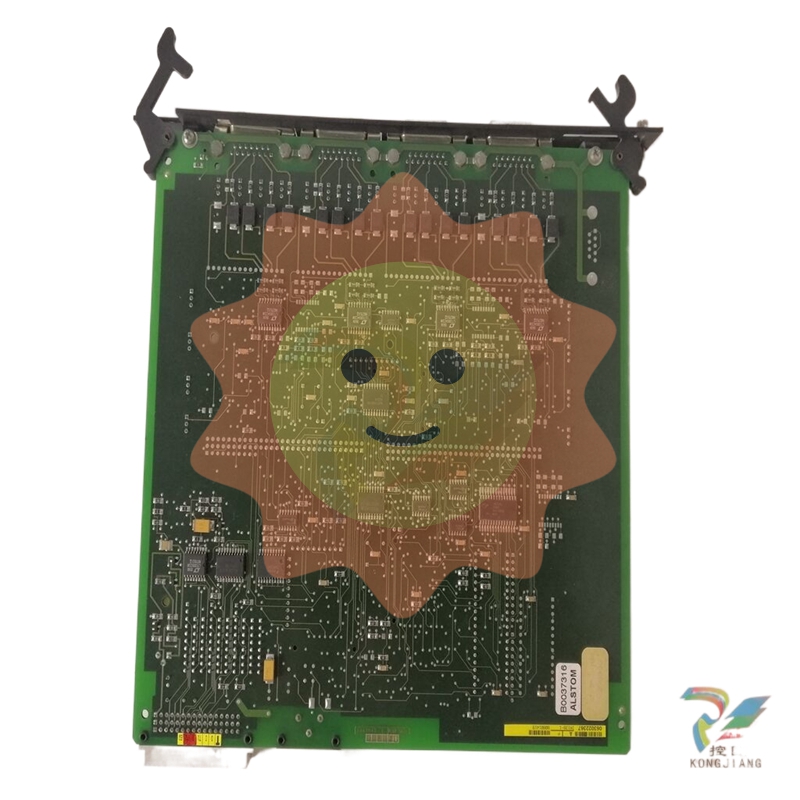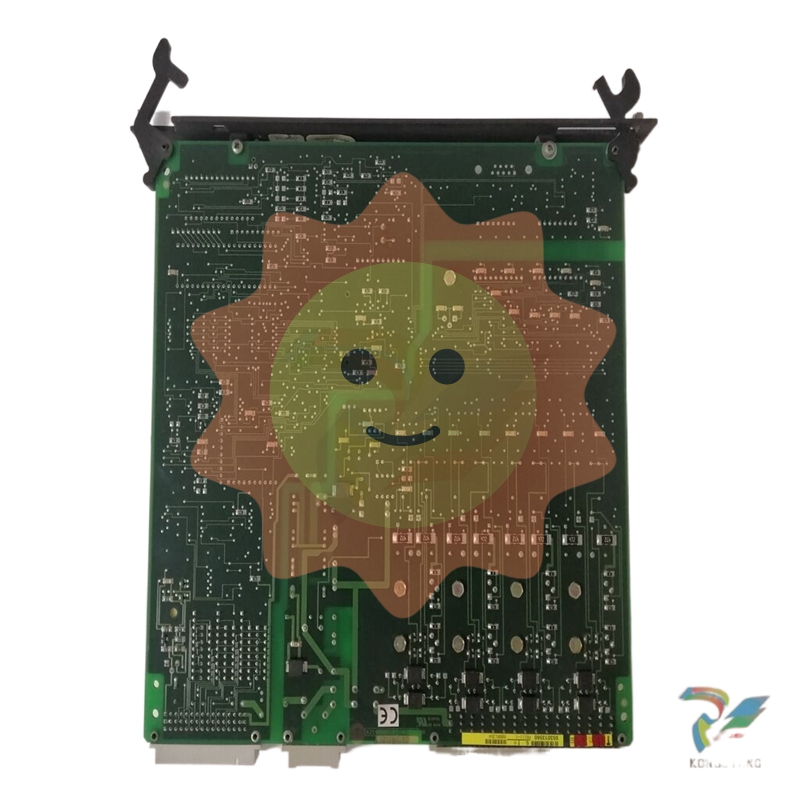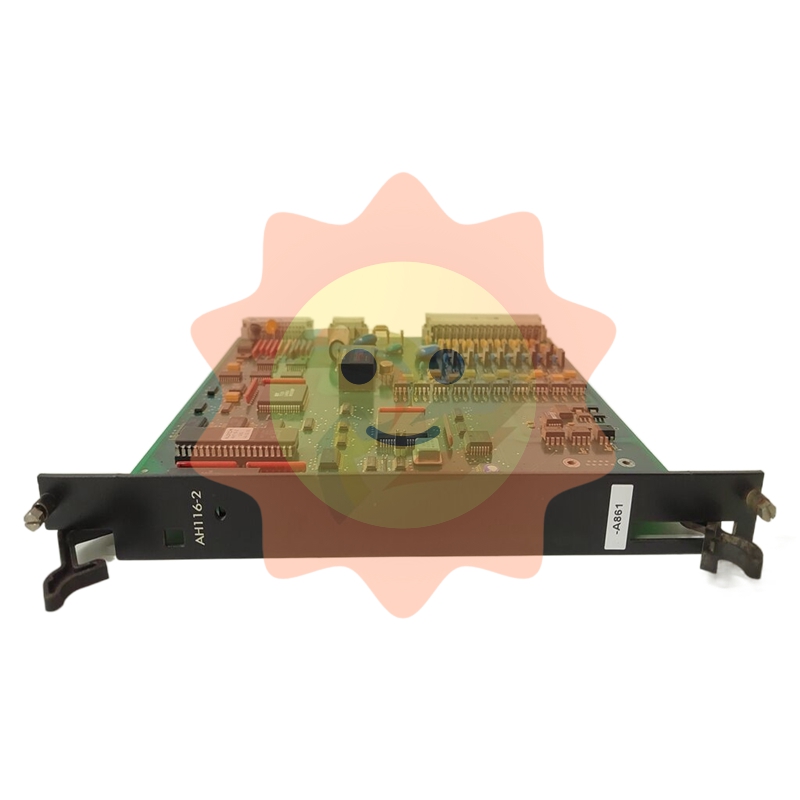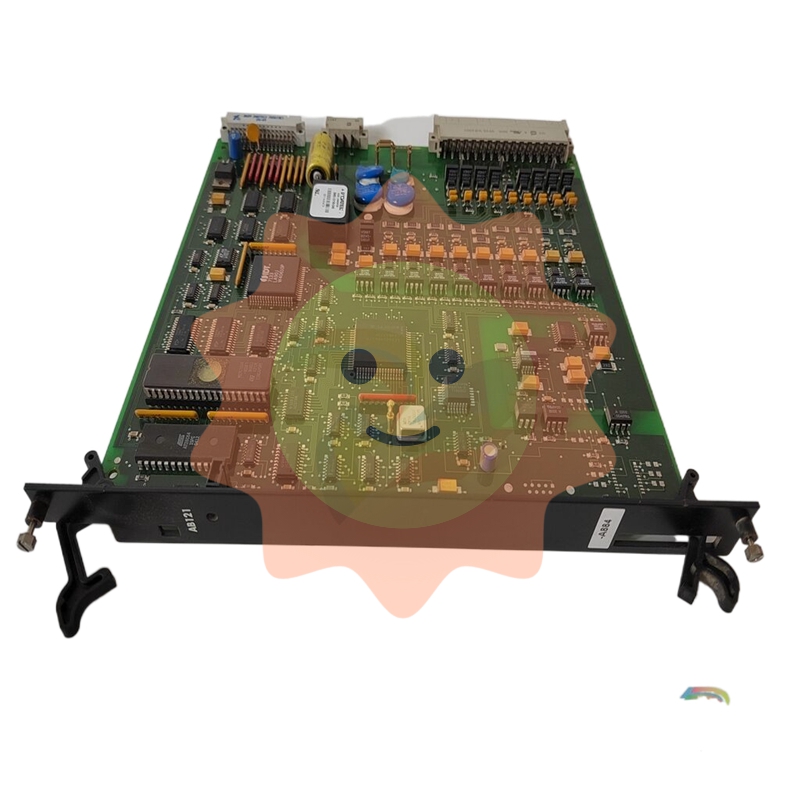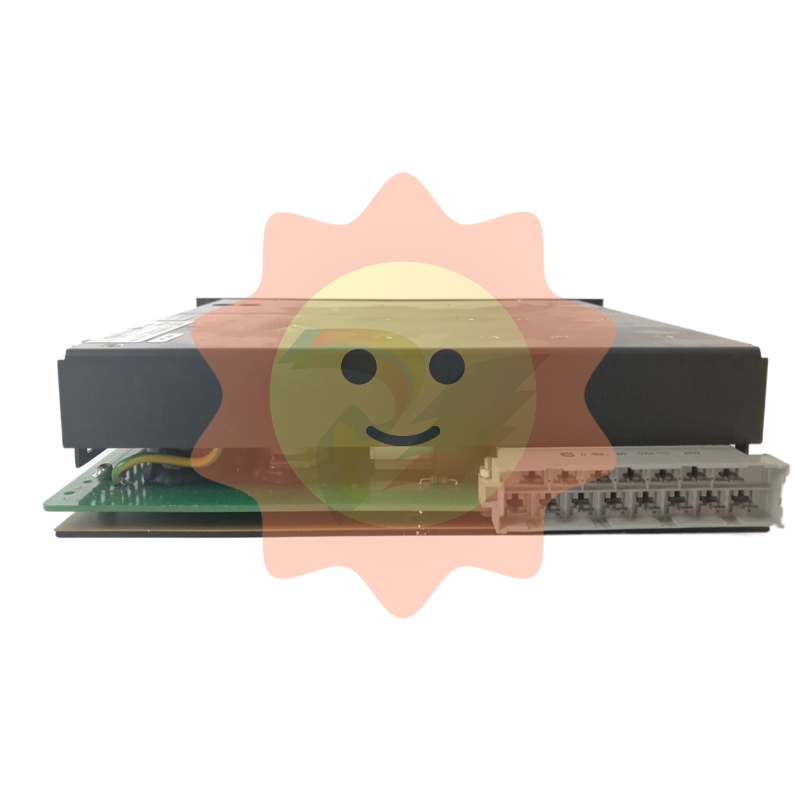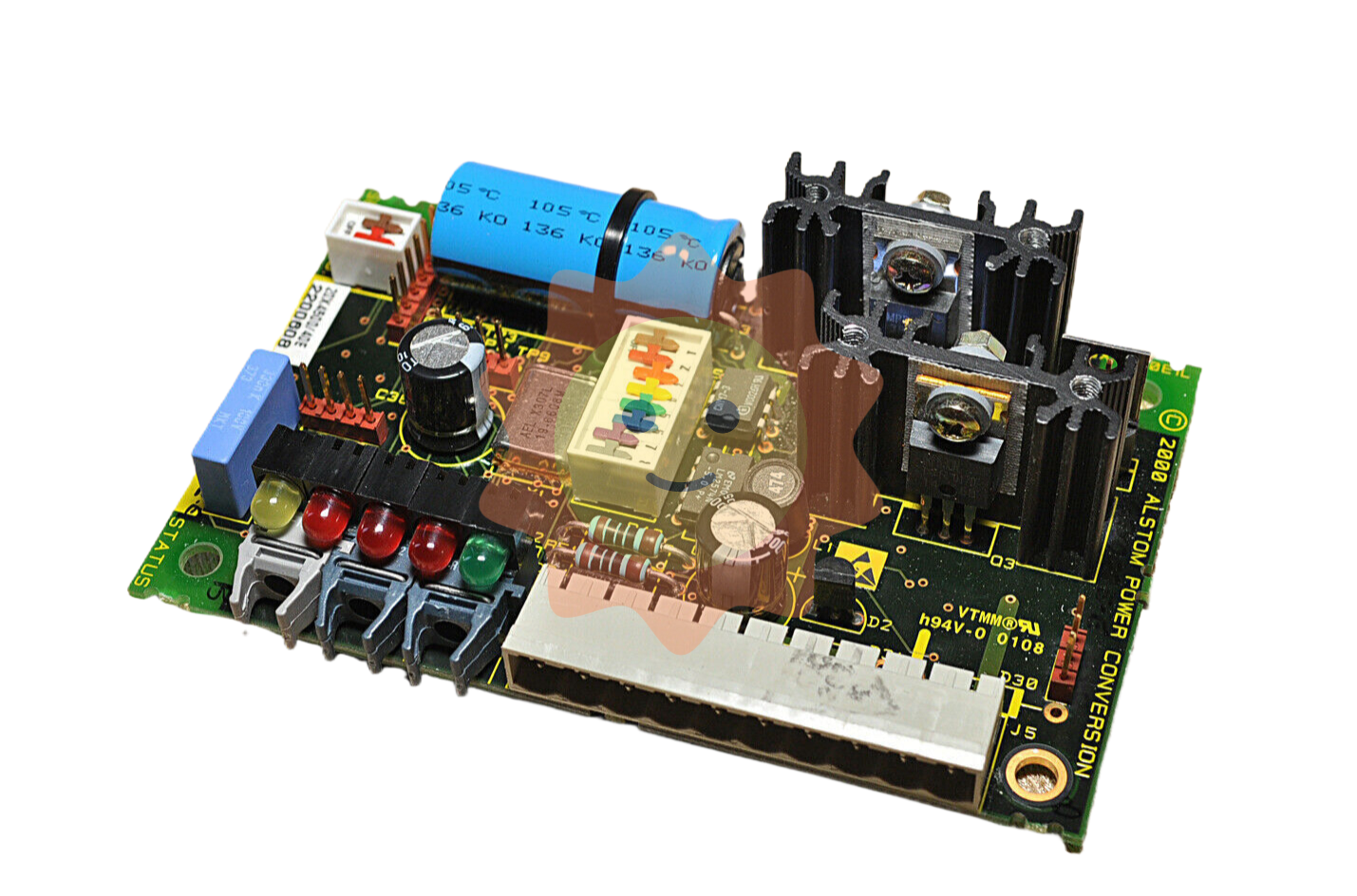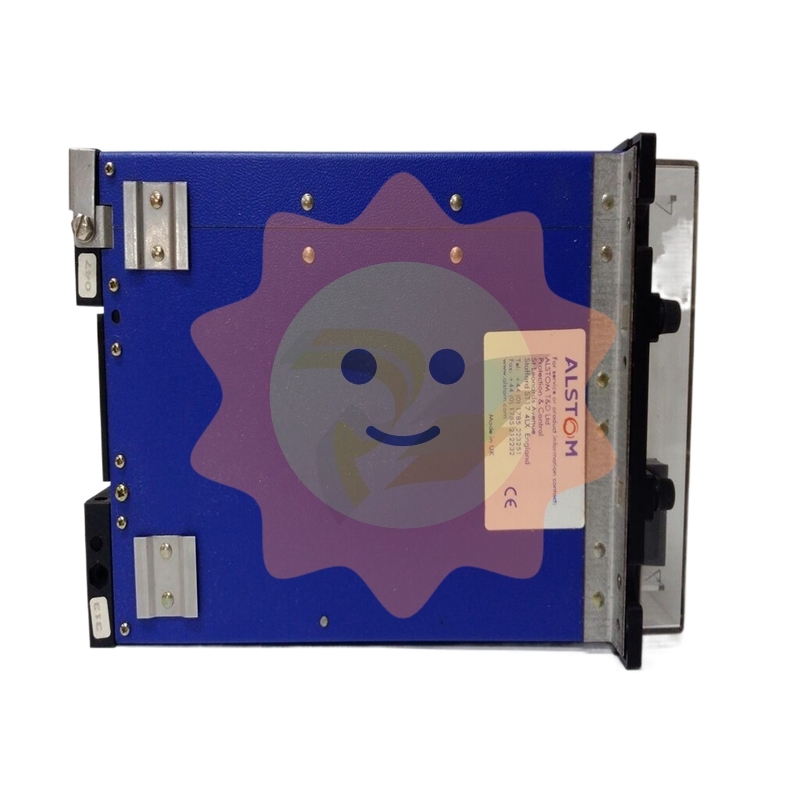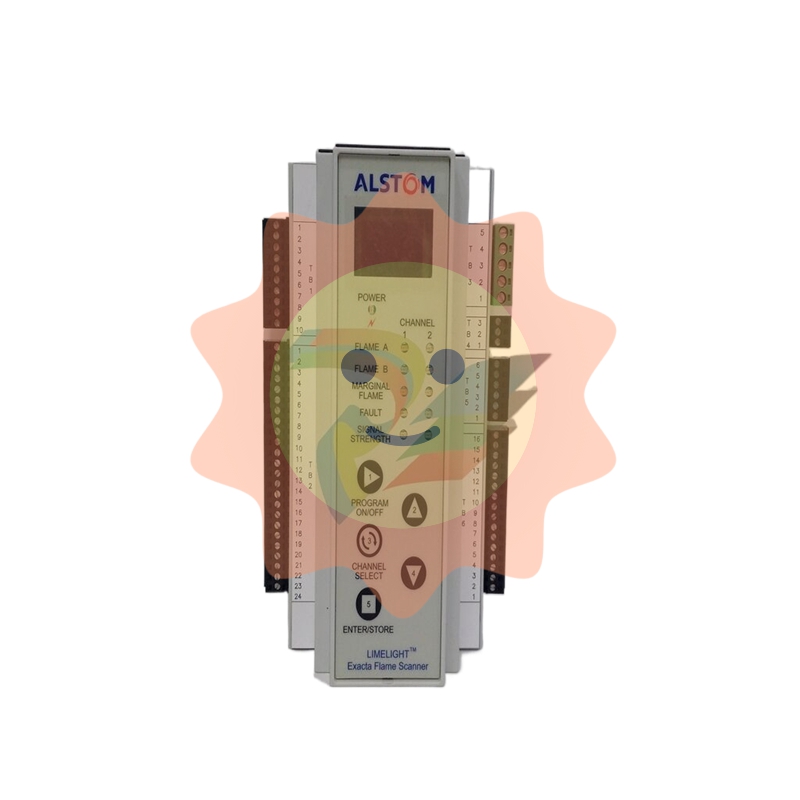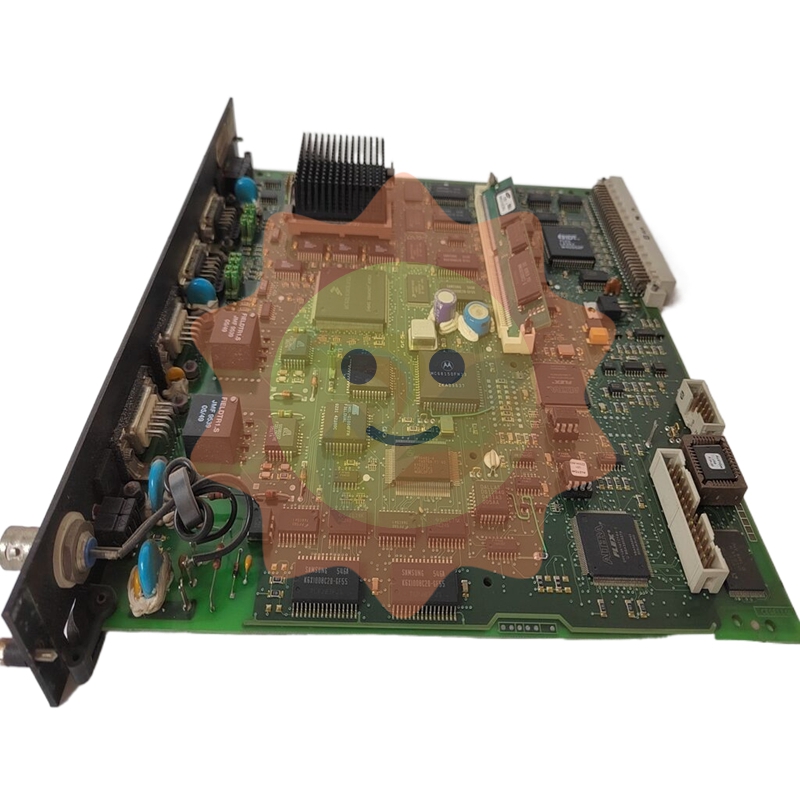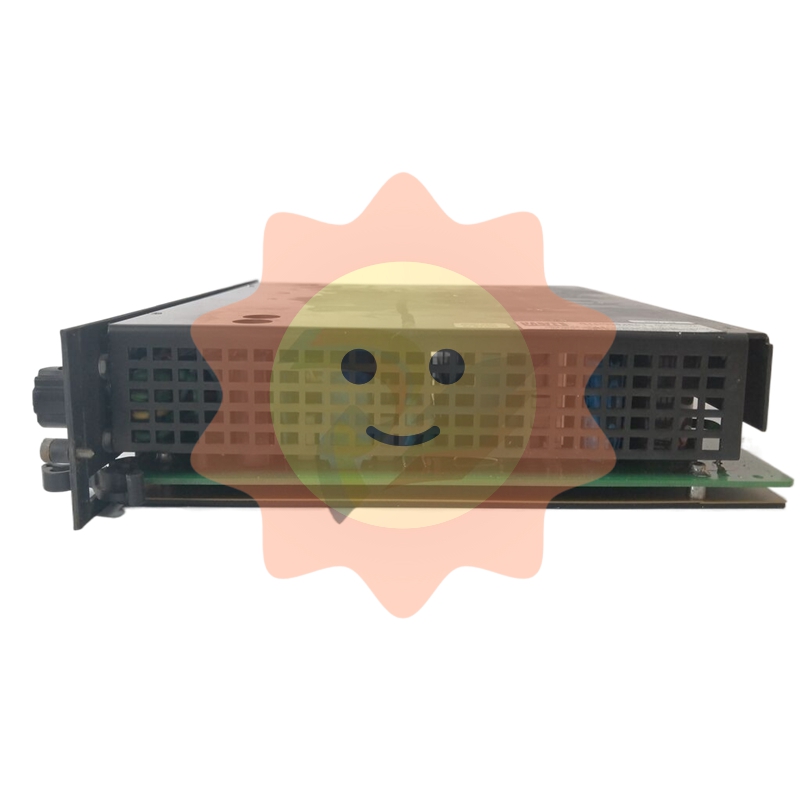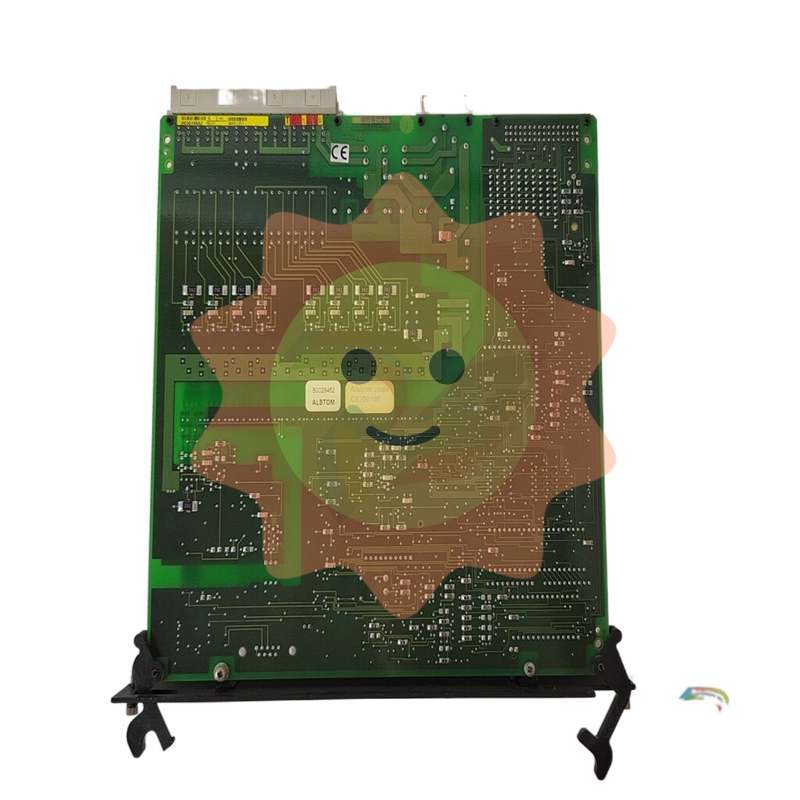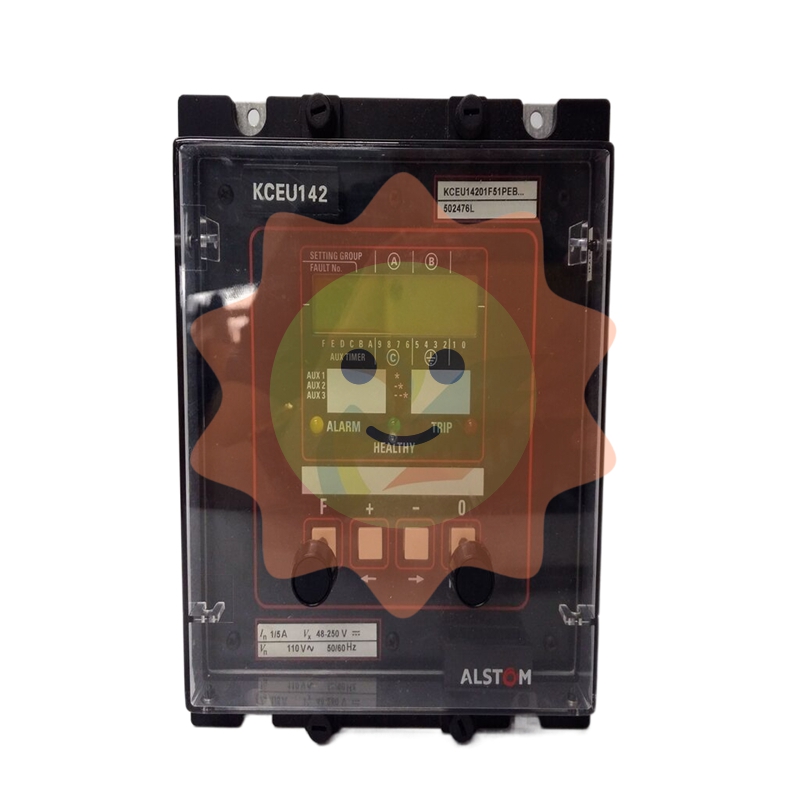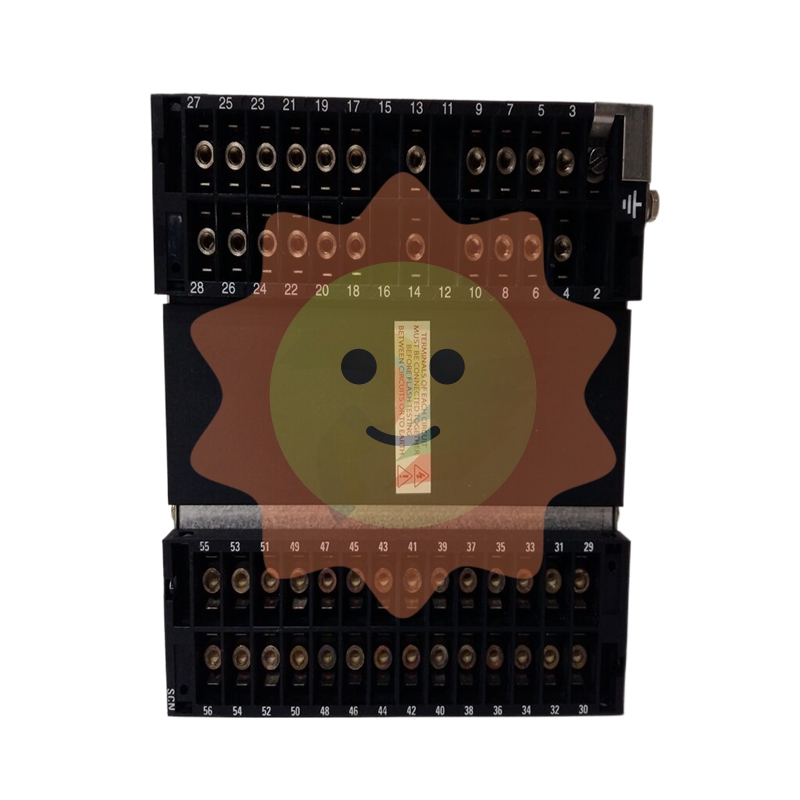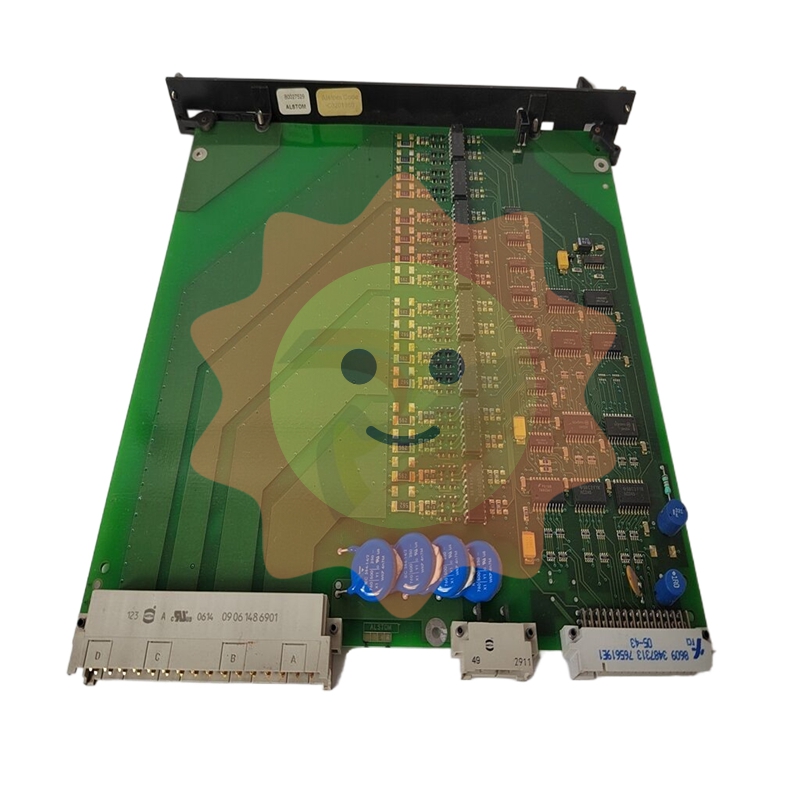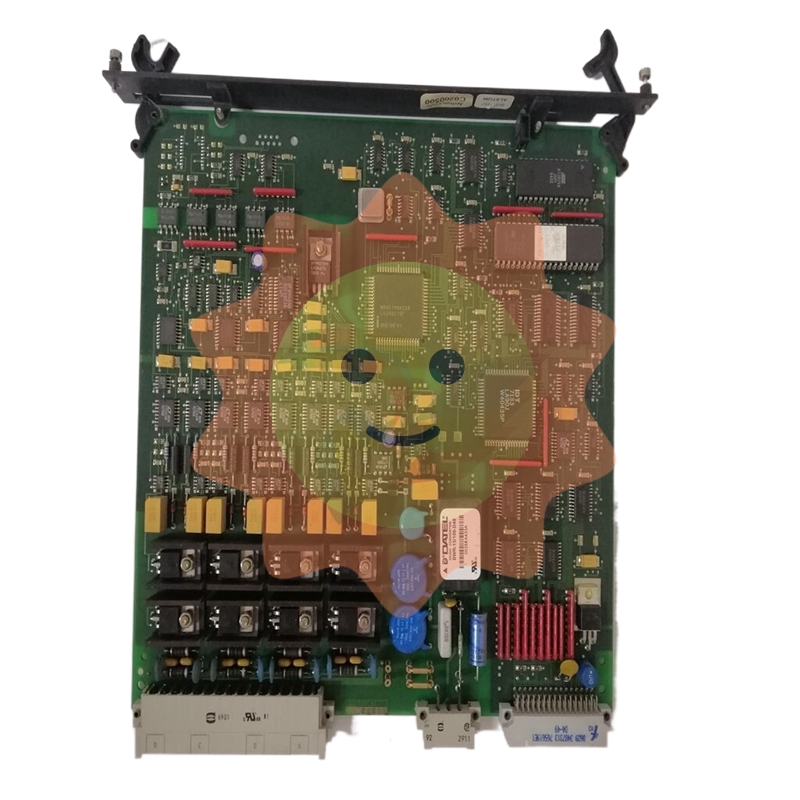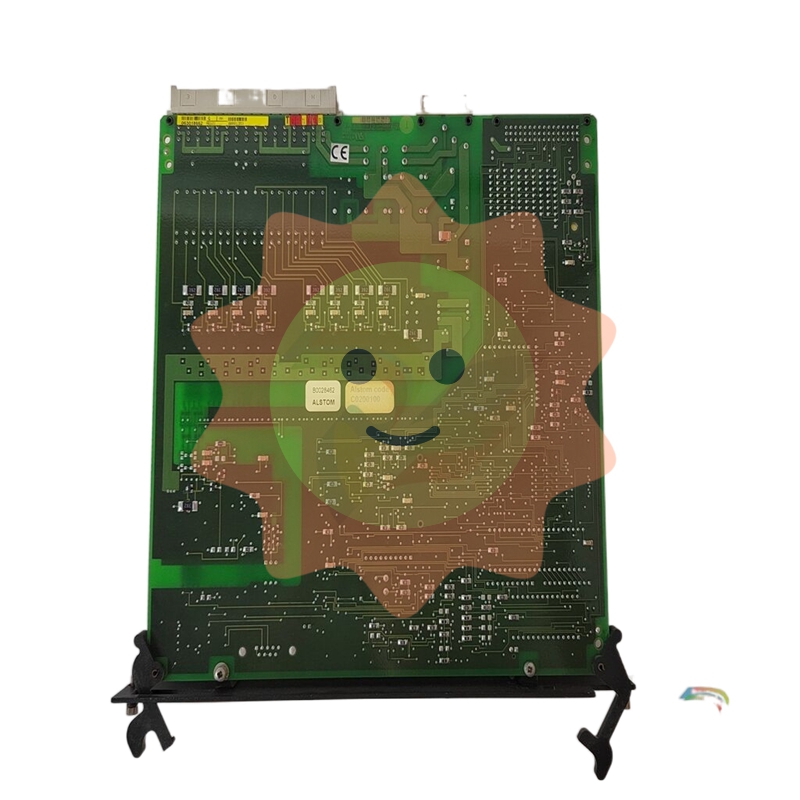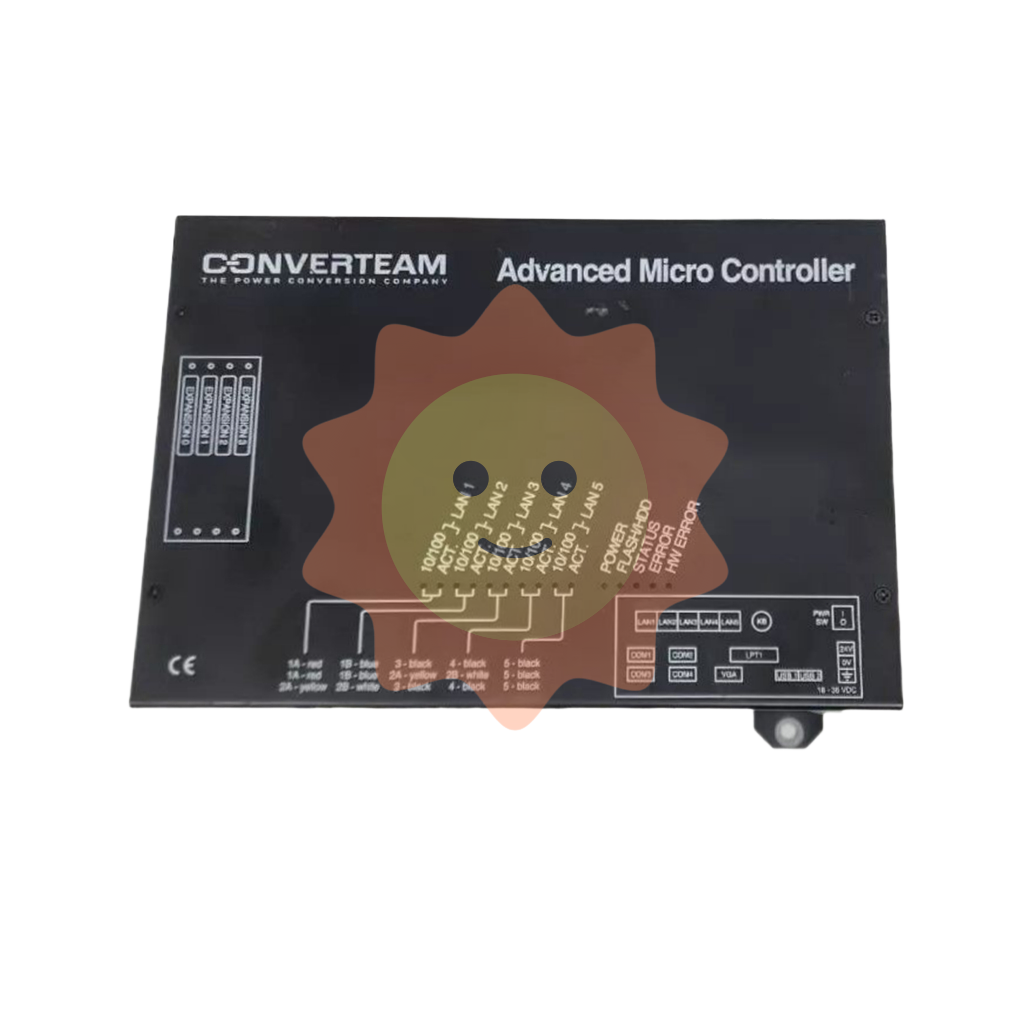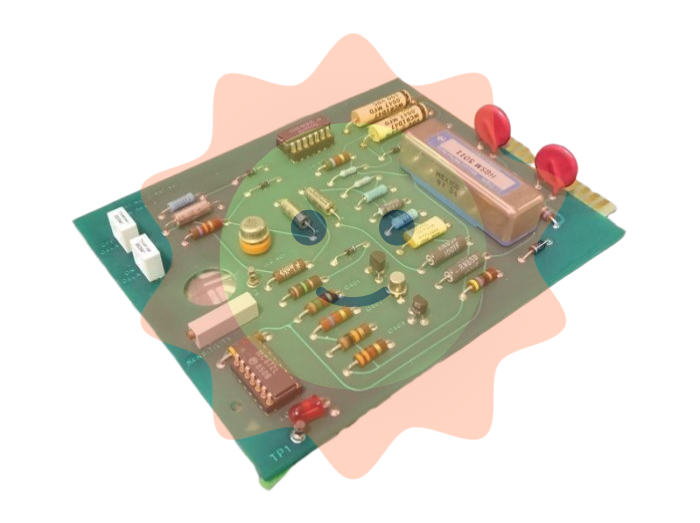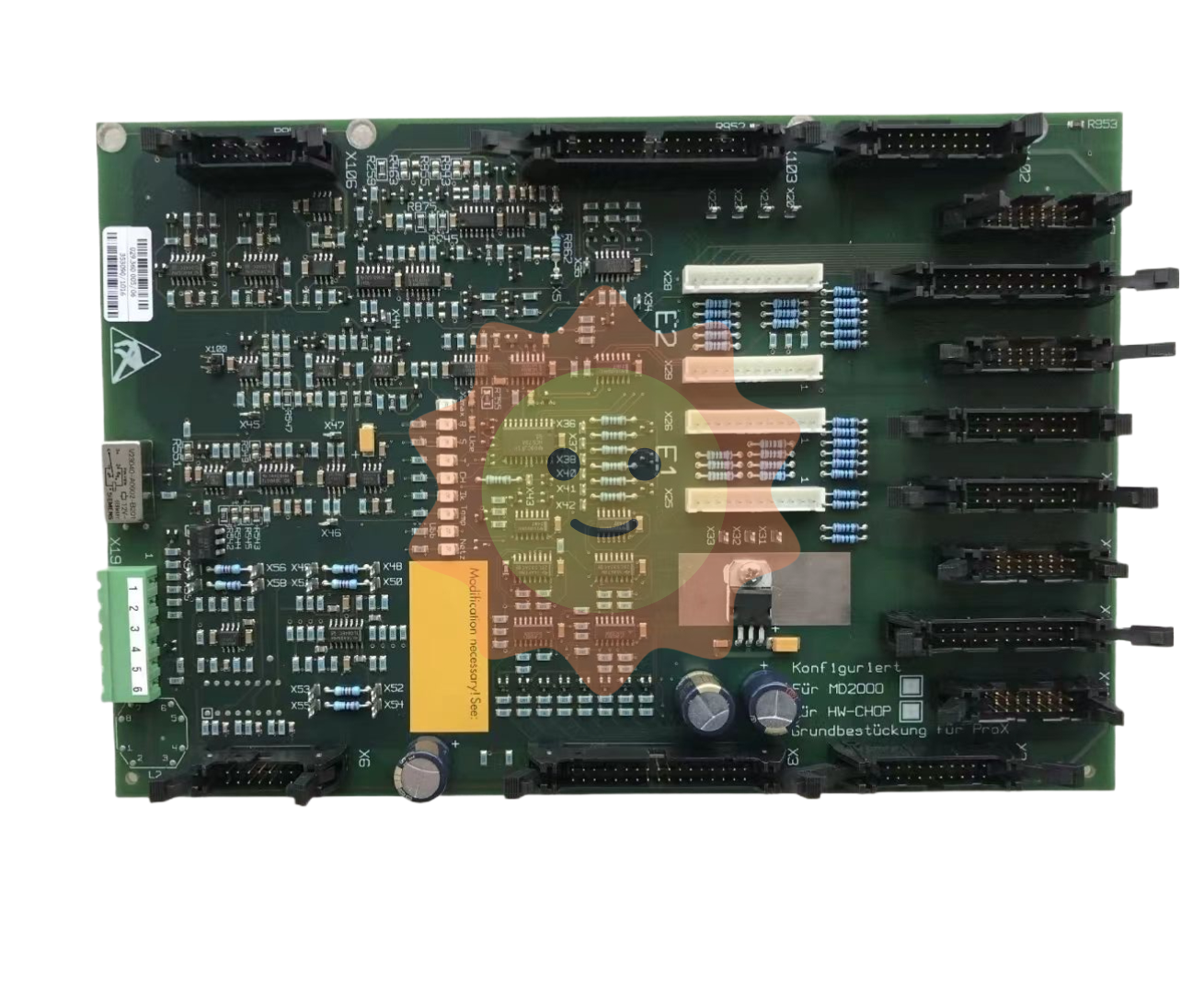Synthetic Biology: The "weapon" of Life Science
Since mankind entered the 21st century, a new interdisciplinary subject "synthetic biology" has become a hot topic in the international scientific frontier.
Synthetic biology, can use Escherichia coli to produce bulk chemical materials, get rid of the shackles of petroleum raw materials; Yeast production of artemisinic acid and rare ginsenosides, reduce costs, promote the development of new drugs; The engineered bacteria do not "accidentally injure" normal cells, but attack cancer cells exclusively. Creating "artificial cells" with artificial genomes to explore the way of life evolution; Using DNA to store data and develop biocomputers... As a new force in the scientific community, synthetic biology has made rapid progress and has shown broad application prospects in the fields of chemical industry, energy, materials, agriculture, medicine, environment and health.
To explore the origin and evolution of life
Interpret the "code" to transform nature
Life is the most complex material being in the world. Since the birth of human beings, we have been searching up and down in the long journey of understanding life. From the ancient Chinese "Huangdi Neijing" and "Compendium of Materia Medica", to the modern western naturalists' classification of animals and plants, human understanding of life phenomena, are from the "macro" observation of life, "apparent" description of the experiential logic summary. On the other hand, chemists also believe that "organic matter" such as urea can only be produced by living organisms under a mysterious "life force."
In 1828, German chemist Friedrich Weiler inadvertently synthesized urea in inorganic experiments, unveiling the "synthetic chemistry" of synthetic organic matter. That is, from the late 19th century to the first half of the 20th century, experimental science based on mathematical, physical and chemical technologies and methods gave birth to cell biology, biochemistry, genetics and developmental biology, which understood the common nature of life. The birth of evolution first elevated human understanding of life to a theoretical level.

In the middle of the 20th century, with the discovery of the double helix structure of DNA and the establishment of the "central law" of molecular biology, human beings began to find the "code book" of life phenomena. The analysis of the primary structure of the biologically active protein bovine insulin, another kind of basic molecule of life, directly led to the complete artificial synthesis of Chinese scientists in the 1960s, that is, the world's first artificial synthesis of proteins. At the same time, the establishment of DNA sequencing technology realized the dream of human "reading genes"; The establishment of DNA recombination technology has realized the dream of "writing genes". Coupled with the realization of the dream of "coding genes" on the basis of gene directed mutation and knockout, molecular biology and genetic engineering technology pushed the life sciences to the peak of the first revolution in history in the 1980s.
By the end of the 20th century, the Human Genome Project brought a second revolution, achieving a comprehensive "interpretation" of the genome, and human understanding of the composition of organisms and the laws of life reached an unprecedented depth of systems biology and the precision of quantitative biology. In 2010, scientists synthesized a mycoplasma genome of about 1 million bases and transferred it into another mycoplasma cell to obtain an "artificial life" that can grow and divide normally, realizing the dream of "writing" the genome. Since then, scientists have synthesized unnatural nucleotides and unnatural amino acids; And using the means of "editing" the genome to create artificial single-chromosome eukaryotic cells... Human beings have mastered the technical means of "reading", "writing" and "compiling" genomes, and acquired the ability to design and synthesize life, and the "vitality" theory that prevailed in the world 200 years ago has been completely overcome.
What is synthetic biology?
What kind of understanding (science) and means (technology) there is what kind of project. In ancient times, testing the medicinal properties of plants by "tasting hundreds of herbs", establishing a system of traditional Chinese medicine, obtaining germplasm resources through artificial domestication and optimization, and establishing animal husbandry and agricultural systems were all typical engineering practices that used the biological understanding and biotechnology at that time to benefit mankind. Today, how to use the knowledge of the "code book" of life and the means of "writing" it to transform nature and benefit mankind? At the beginning of the 21st century, scientists integrated the research concept of engineering science into modern life science, and developed the "convergence" research represented by synthetic biology, which contributed to the third revolution in life science.
Synthetic biology uses the "bottom-up" concept of engineering to break the boundaries of "natural" and "unnatural", from systematically characterizing biological macromolecules with catalytic regulation and other functions in nature, making them standardized "components", to creating new biological components and cell "chassis" such as "modules" and "circuits" to build artificial living systems with various uses. This synthetic concept, which is contrary to the "top-down" analytical concept of systems biology, has also promoted the research strategy of "things to know" that we are accustomed to to a new height of "building things to know". In this way, the "guessed" ancestral species or molecular systems of evolution will be synthesized and interpreted in a targeted way. Complex life phenomena divided by various "hypotheses" and "controls" can also realize integrated quantitative research and analyze causal mechanisms.
Synthetic biology adopts the engineering research method of "design-synthesis-test", on the basis of learning abstract natural biological systems, or "reprogramming" natural biological systems, or re-designing artificial life systems with new characteristics; Then, using "gene editing" and "gene synthesis" and other "toolkits", using experimental methods to build, and then testing the constructed biological system, so repeated cycle optimization, forming a positive and reliable scientific closed loop. Synthetic biology on the basis of such a large-scale universal engineering platform is often referred to as "engineering biology", and its engineering ability to "build things to use" is expected to make new contributions to solving major problems such as health, energy, food, and the environment.

Solve resource and environmental problems
Empowering human health
At present, the global problems such as resource shortage, environmental pollution and climate change are becoming increasingly prominent, and synthetic biotechnology provides a new solution for the harmonious development of "social - ecological/environmental - economic".
Oil is a non-renewable resource with limited reserves, which will be exhausted sooner or later, which is a serious problem that human survival and development must deal with. In theory, the vast majority of petrochemicals can be made with the help of synthetic biology technology, and people can also make new fuels through biosynthesis technology that cannot be synthesized by traditional chemical industry. At the same time, synthetic biology has made progress in artificially sequestering carbon and using carbon dioxide. For example, by artificially optimizing and transforming bacteria, scientists can build "cell factories" that can convert carbon dioxide in the atmosphere into chemicals such as ketones, alcohols, and acids, so as to realize the efficient comprehensive utilization of carbon dioxide and other resources, and promote the establishment of a low-carbon economic model with low energy consumption, low pollution, and low emissions.
With the continuous growth of the global population, environmental pollution and climate change, human food and environmental security are facing great challenges. The use of synthetic biology technology to create cell factories suitable for the food industry to convert renewable raw materials into important food components is considered a viable way to solve food problems. In agricultural production, problems such as soil compaction and acidification caused by the large increase in the use of nitrogen fertilizer can be effectively solved by synthetic biology "microbial nitrogen fixation" technology. In the field of environmental governance, "customized" microorganisms can be used to remove organic pollutants that are difficult to degrade, and artificial microbial sensors can also be developed to help humans monitor the environment, and microorganisms that can identify and enrich heavy metal pollutants such as cadmium, mercury, and arsenic in soil or water can be designed to greatly improve the efficiency of pollution control.

Synthetic biology is also widely used in the field of life and health, not only for the production of pharmaceutical products such as natural products, but also for the development of disease research models, biomarker monitoring, stem cells and regenerative medicine. For example, there are rich and diverse microorganisms in the human gut, and synthetic biology provides tools for the modification of intestinal microbes. On the one hand, bacteria that are beneficial to the human body can be engineered to produce vitamins and other nutrients that the human body cannot synthesize by itself; On the other hand, "smart microbes" that sense changes in the gut environment can be designed to detect and diagnose health conditions in the human body.
In the fight against the COVID-19 epidemic, synthetic biology technology has played an important role and shown strong application potential. For example, DNA barcoding technology is used to improve the sequencing process and gene editing technology is used to develop nucleic acid diagnostic reagents to improve the accuracy and sensitivity of diagnosis. The use of synthetic biology technology can also find potential small molecule drugs, the development of vaccines, and by regulating the human microbiome to activate the human immune system, improve the human antiviral ability.
The purpose of transforming life is to better understand and regulate the phenomenon of life, so that it can serve to improve the ecology and improve the quality of human life. In the future, driven by new technologies such as artificial intelligence and big data, synthetic biology will give humans a stronger ability to "transform nature and use nature," of course, but also bring new issues such as social ethics and security. We must be mentally clear about what to do and how it is right; While doing a good job in risk assessment and developing technologies and strategies for risk prevention and control, corresponding research norms, ethical guiding principles and corresponding laws and regulations should be formulated in a timely manner, supplemented by management rules and supervision methods that can be implemented.
After millions of years of human exploration of life, it has taken three revolutions in the last two centuries to reach the height of "synthetic biology" and form the ability to engineer. However, this is only the first step in a long journey. To make good use of the "sharp weapon" of synthetic biology and contribute to the ideal of building a modern socialist country, we also need to invest a lot of effort to improve knowledge, innovative technology, practical transformation, and service needs. Chinese scientists are duty-bound to do so.
- EMERSON
- Honeywell
- CTI
- Rolls-Royce
- General Electric
- Woodward
- Yaskawa
- xYCOM
- Motorola
- Siemens
- Rockwell
- ABB
- B&R
- HIMA
- Construction site
- electricity
- Automobile market
- PLC
- DCS
- Motor drivers
- VSD
- Implications
- cement
- CO2
- CEM
- methane
- Artificial intelligence
- Titanic
- Solar energy
- Hydrogen fuel cell
- Hydrogen and fuel cells
- Hydrogen and oxygen fuel cells
- tyre
- Chemical fiber
- dynamo
- corpuscle
- Pulp and paper
- printing
- fossil
- FANUC
- Food and beverage
- Life science
- Sewage treatment
- Personal care
- electricity
- boats
- infrastructure
- Automobile industry
- metallurgy
- Nuclear power generation
- Geothermal power generation
- Water and wastewater
- Infrastructure construction
- Mine hazard
- steel
- papermaking
- Natural gas industry
- Infrastructure construction
- Power and energy
- Rubber and plastic
- Renewable energy
- pharmacy
- mining
- Plastic industry
- Schneider
- Kongsberg
- NI
- Wind energy
- International petroleum
- International new energy network
- gas
- WATLOW
- ProSoft
- SEW
- wind
- ADVANCED
- Reliance
- YOKOGAWA
- TRICONEX
- FOXBORO
- METSO
- MAN
- Advantest
- ADVANCED
- ALSTOM
- Control Wave
- AB
- AMAT
- STUDER
- KONGSBERG
- MOTOROLA
- DANAHER MOTION
- Bentley
- Galil
- EATON
- MOLEX
- Triconex
- DEIF
- B&W


email:1583694102@qq.com
wang@kongjiangauto.com

